Reuben, a 15-year-old lion, experienced the feel of grass beneath his paws for the first time. His journey from captivity to freedom is a testament to the indomitable spirit of animals and the kindness of those dedicated to their welfare.
Reuben’s Lonely Past
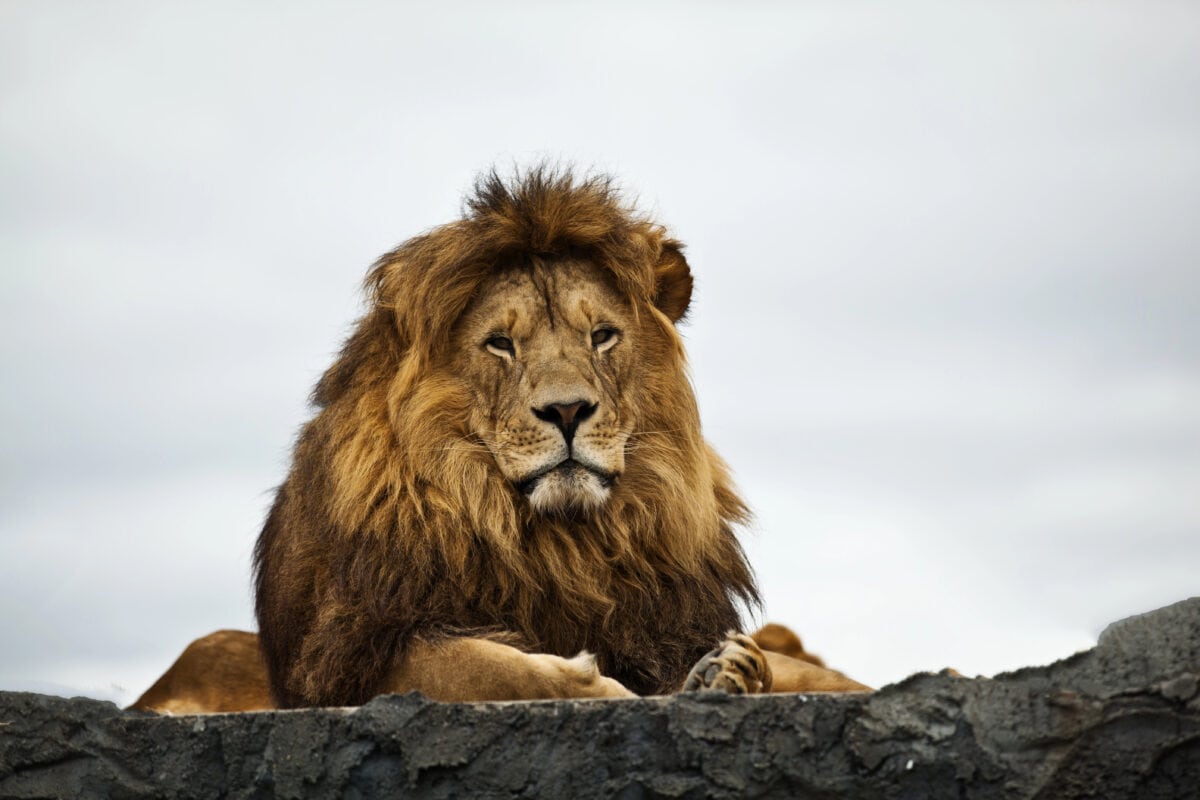
Born in a private zoo in Armenia, Reuben’s early life consisted of isolation and neglect. All the animals found new homes when the zoo closed its doors, except for Reuben. He was confined to a barren enclosure of concrete and bars for over five years. His only interaction was with occasional visitors who fed him through the bars. The absence of fellow lions took a toll on Reuben’s spirit. Lions are social animals; their roars can travel up to six miles. But when Reuben roared, there was no answering call. Over time, he stopped roaring altogether.
A New Beginning

The ADI Wildlife Sanctuary in Africa came to Reuben’s rescue. With the help of generous donors and Qatar Airlines cargo, a plan was set in motion to transport Reuben to his new home. The journey was long, spanning 15 hours, but the team ensured Reuben’s comfort. His crate was painted white to reflect the sun, and the inside was sprayed with calming lavender and feline hormones.
First Steps to Freedom

The most magical moment came when Reuben stepped out of his crate onto the African soil. The sensation of grass under his feet, the sun overhead, and the sight of birds flying above was all new to him. He relished every moment, feeling the wind rustle through his mane and basking in his newfound freedom.
The Video
Life at the Sanctuary

Reuben’s transformation was evident when he arrived at the ADI Wildlife Sanctuary. The anxious lion from Armenia became more relaxed and content in his new surroundings. He showed interest in toys, perhaps his first, and curiously watched his neighbors, and other rescued lions.

While Reuben’s age and health condition mean he cannot be released into the wild, the sanctuary provides a safe and nurturing environment. The team hopes to find a suitable companion for him in the future, ensuring he never feels lonely again.

A Testament to Resilience

Reuben’s story is a powerful reminder of the resilience of animals. Despite years of neglect and isolation, his love for life remained intact. It also underscores the importance of sanctuaries and their role in rehabilitating animals who have suffered at the hands of humans.
Lions in Captivity vs. Wild Lions

Captive lions live under human care in zoos, sanctuaries, and circuses, facing different challenges and conditions compared to wild lions. These differences affect their behavior, lifespan, and social structures.
Lion Social Structures
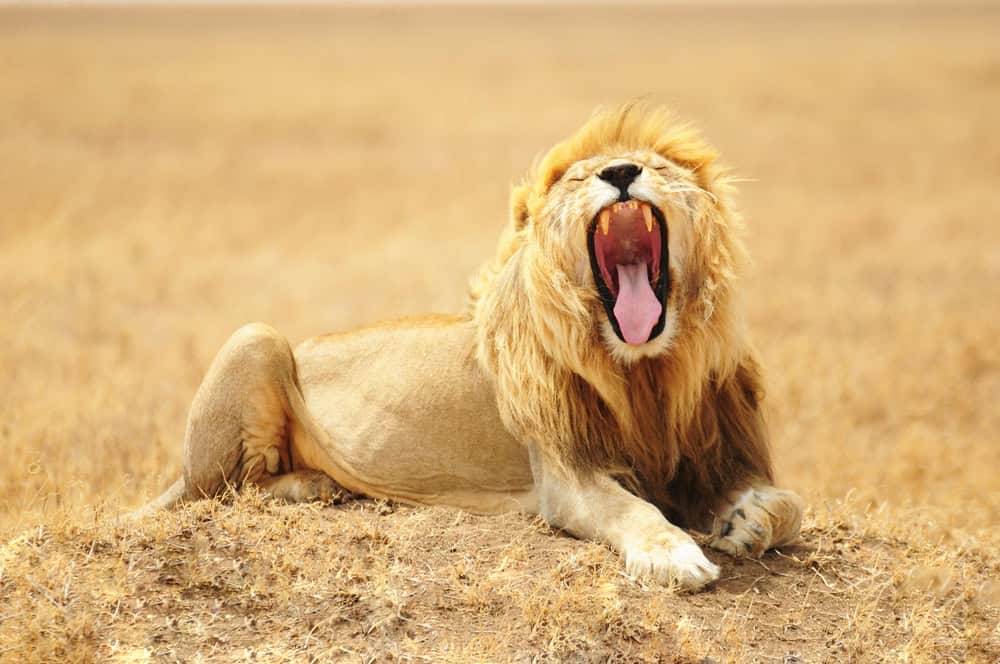
Lions are social animals, typically living in groups called prides. A pride usually consists of related females, their cubs, and a small number of adult males. Captive lions may not form natural pride structures due to space constraints and management practices.
Captive Lion Diets

In captivity, lions are fed a diet designed to mimic their natural food, often consisting of meat and nutritional supplements. This contrasts with wild lions, which hunt for prey such as zebras, antelopes, and buffalo.
Breeding and Genetics in Captive Lions

Captive breeding programs aim to maintain genetic diversity and support conservation efforts. However, issues such as inbreeding can arise if not carefully managed. Wild lion populations face genetic challenges due to habitat fragmentation.
Health and Veterinary Care for Captive Lions

Lions in captivity receive regular veterinary care, including vaccinations, medical treatments, and preventive health measures. In contrast, wild lions rely on natural behaviors and resilience to cope with injuries and diseases.
Lifespan of Lions

Lions in captivity often live longer than their wild counterparts, with some reaching 20 years or more due to regular feeding, medical care, and protection from threats. Wild lions typically have a lifespan of 10-14 years, facing dangers such as predation, disease, and conflicts with humans.
Behavioral Differences in Captivity

Captive lions may display different behaviors than wild lions, such as pacing, stereotypic behaviors, and increased aggression due to confinement and lack of hunting opportunities. Enrichment activities are used to stimulate natural behaviors in captivity.
Conservation and the Role of Captive Lions

Captive lions play a role in conservation through breeding programs, education, and research. They help raise awareness about the threats facing wild lions and support efforts to preserve lion habitats and populations in the wild.
Threats to Wild Lions
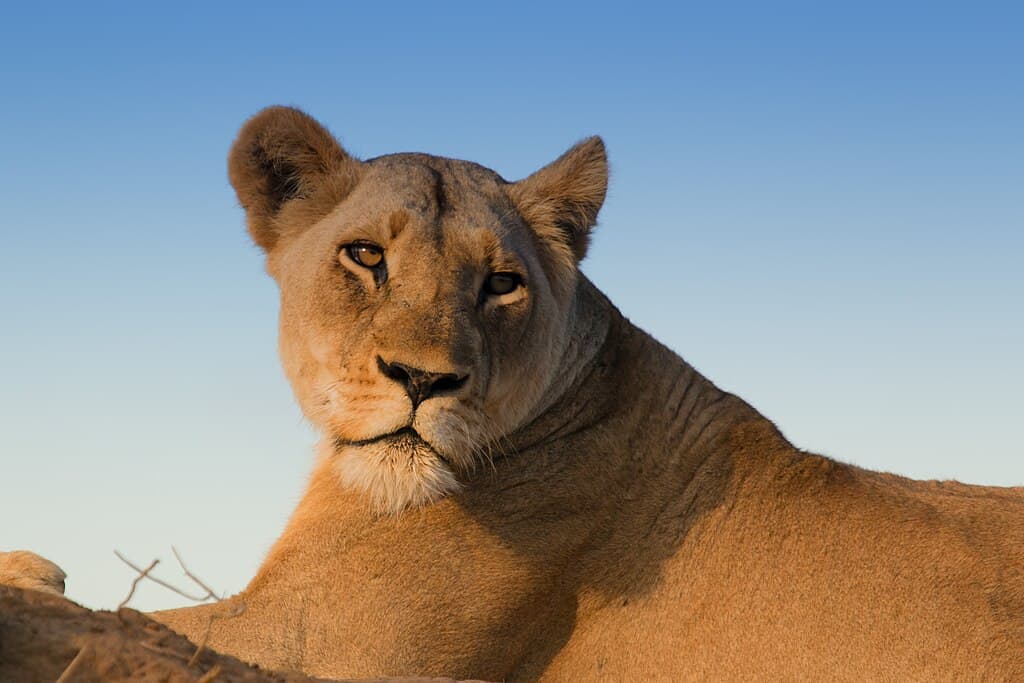
Wild lions face significant threats from poaching, habitat loss, and conflicts with humans. These challenges have led to declining lion populations across Africa, making conservation efforts critical for their survival.
The Importance of Enrichment in Captivity
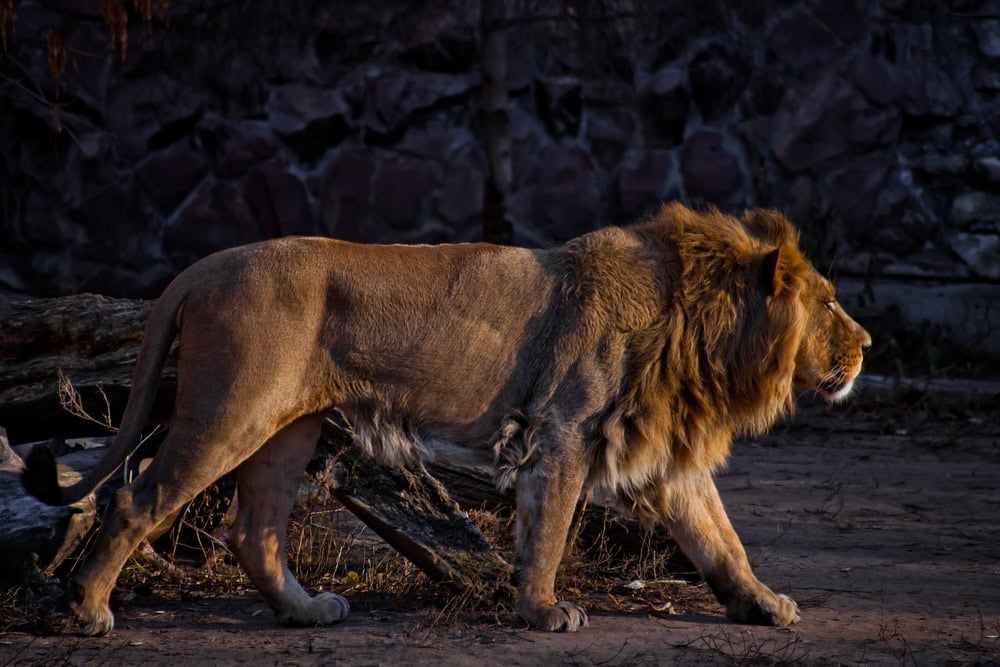
Enrichment activities, such as toys, feeding puzzles, and environmental changes, are essential for the mental and physical well-being of captive lions. These activities help mimic natural behaviors and prevent boredom and stress.
Reintroduction Challenges for Captive Lions

Reintroducing captive lions into the wild poses challenges, including adapting to natural hunting, socializing with wild lions, and avoiding human-lion conflicts. Successful reintroduction requires careful planning and monitoring.
Lions’ Hunting Techniques in the Wild

Wild lions are skilled hunters, using teamwork and stealth to capture prey. They typically hunt at night or during cooler parts of the day and rely on ambush tactics to bring down large herbivores.
Lion Communication

Lions communicate using a variety of vocalizations, body language, and scent marking. Roaring is a key form of communication, used to establish territory, communicate with pride members, and intimidate rivals.
Also Check Out
Next Up:
Join our Forum for free today!


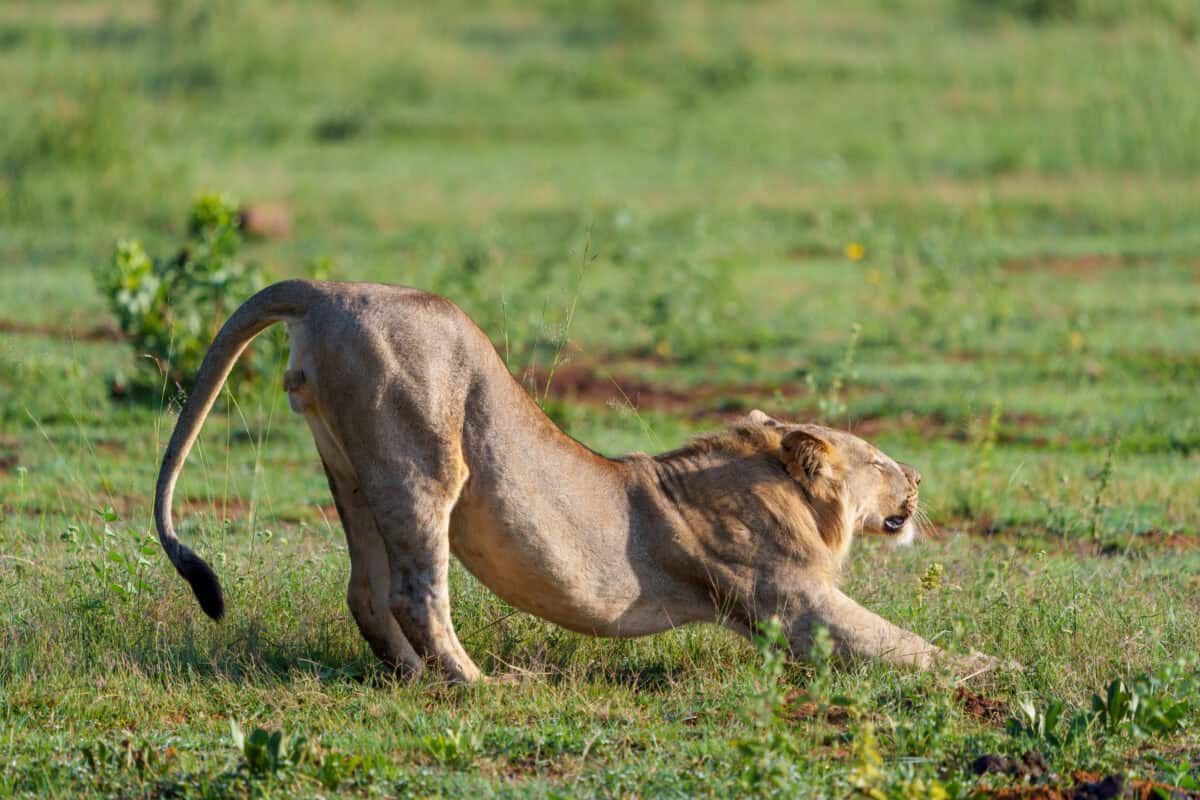


Colleen Anderson
Sunday 24th of September 2023
Please do for all other animals that need rescuing as was done for Reuben...